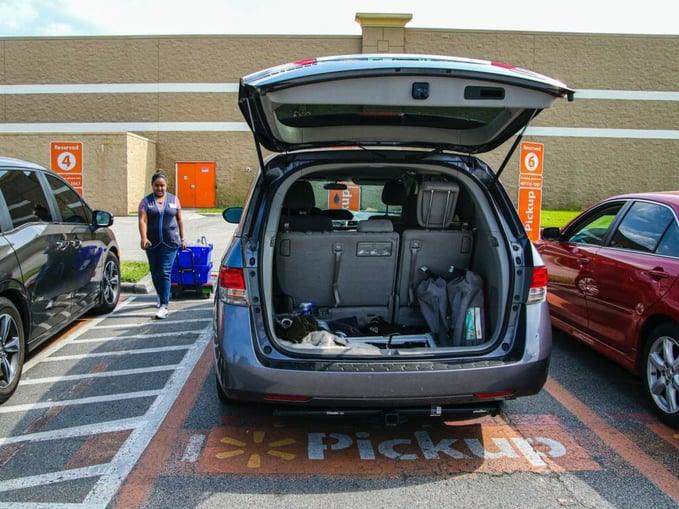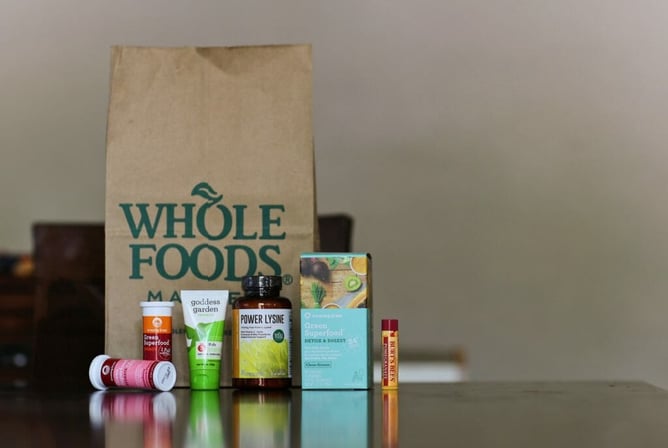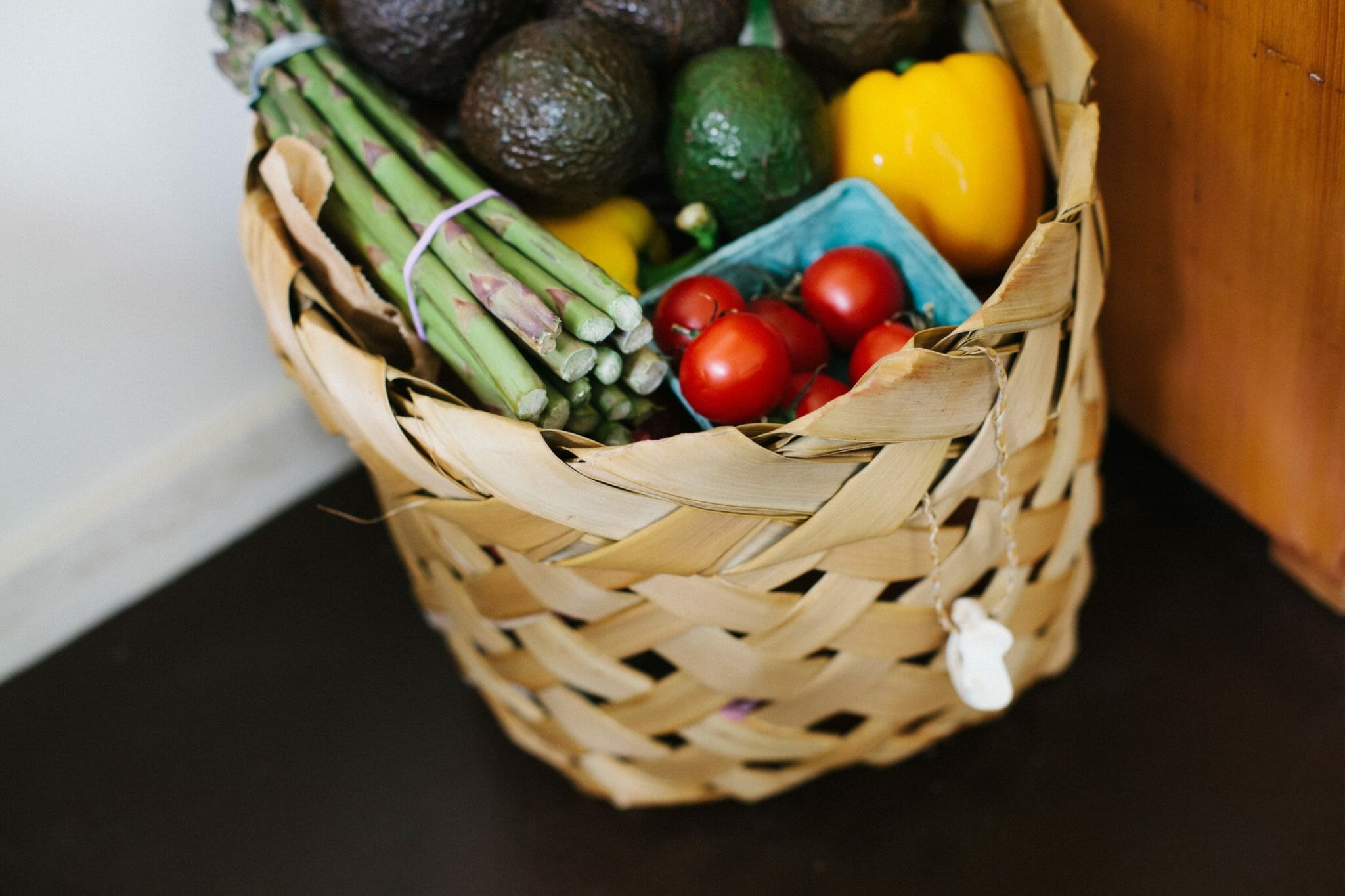With the coronavirus pandemic upending nearly every aspect of daily life, the world of grocery stores, restaurants, and cafes has also shifted dramatically. As “stay-at-home” restrictions continue, consumers have turned in record numbers to delivery services to get the food they want.
Some food and beverage industry titans like Walmart, Whole Foods, and Chipotle, have proactively created their own consumer-friendly digital experiences for a while now. Most other restaurants and grocers have been slow to make the same investments and are now begrudgingly being dragged into the future. A quick adjustment by some of these companies has been to partner with services like Uber Eats, Instacart, Grubhub, and Shipt.
Why does this matter? Owning the end-to-end digital experience as companies like Walmart and Chipotle do doesn’t just increase brand loyalty and consumer “stickiness,” with their favorite restaurants or stores on the home screens of consumers’ smartphones. It also means that these companies get a much more holistic picture of who their customers are and how they behave, which enables better personalization and improves responsiveness to consumers’ needs.
 Photo by BENCE BOROS on Unsplash
Photo by BENCE BOROS on UnsplashAll indications are that this trend will last far beyond the current pandemic and will potentially have a detrimental impact on those companies that are left behind, unable to compete effectively on the digital front.
The bottom line: large restaurant companies and grocery chains that want to position themselves competitively coming out of the current pandemic must invest in an owned digital experience.
But before we dive into how to create a great digital experience, it’s important to understand what the market looks like today.
Food Delivery Gets “Added to Cart”
Food delivery has actually been on the rise for a while now, though the rate of growth before March of this year was pretty slow. In 2019, online grocery sales raked in $29 billion, a relatively small share of total food and beverage sales. While ordering dinner through delivery apps is becoming familiar to many of us, the vast majority of consumers historically preferred to push an actual cart rather than hitting “Add to Cart” when it came to groceries.
Of course, that was before COVID-19. During the week of March 13th, one-third of the online shoppers who responded to a Gordon Haskett Research Advisors survey had purchased food online, with 41 percent of those shoppers having never purchased food online before in their lives. And that number has only gone up since; once lockdowns began, grocery delivery apps such as Instacart and Walmart’s grocery app witnessed record numbers of daily downloads.
 Photo by Mick Haupt on Unsplash
Photo by Mick Haupt on UnsplashAs more and more people hunker down at home for the foreseeable future, that “Add to Cart” button has become familiar even for consumers who were once hesitant to consider such delivery services. While delivery of most food and groceries isn’t as much of an American staple as, say, pizza delivery, its popularity will undoubtedly increase, and it will have staying power.
Customers Are Getting a Taste of Omnichannel Food Shopping — Don’t Get Left Behind
Once consumers get a taste of how quick, convenient, and simple it is to order takeout and groceries online, many of them will crave an omnichannel experience that expertly blends the online with the offline — even when the current lockdowns are lifted.
Think about what services shoppers will look for once social distancing measures are finally lifted, such as real-time inventory information, in-store navigation, and curbside delivery. Anticipating these needs now and making the appropriate investments will help you create a differentiated customer experience.
Today’s consumer is moving ahead, and if you don’t meet them where they’re headed, you run the risk of getting left behind. This will likely mean losing their business to a competitor who is able to offer a better customer experience.
Personalizing Your Customers’ Shopping Experiences
One of the benefits you get whenever customers order food or groceries digitally, whether on your website or through an app you’ve created, is heaps of data you can use to personalize their experience. In the digital world, a one-size-fits-all approach simply isn’t good enough.
Shoppers want to feel that their unique needs are being met and that the app they’ve chosen to use understands what they value most in their shopping experience. Personalizing your customers’ shopping experiences makes it quicker and easier for them to move from opening your app to the checkout screen while establishing loyalty along the way.
The digital experience you create must take into account the full funnel experience, from the home page to the checkout page, and be customer-friendly from start to finish.
Owning Your Customers’ Digital Experience
Managing your own grocery or food delivery app can offer many key advantages. Choosing not to contract with services like Instacart or Uber Eats can save you from absorbing the cost of their services, which typically range between 15 and 30 percent for every order placed through their platform.
Owning your customers’ digital shopping experience can also help inform and optimize your marketing strategies. Knowing how customers shop online can tell you what you need to know to set yourself apart from other grocery stores or restaurants, a feat that’s currently difficult to accomplish on a basis other than price. It also provides you with access to important data that you can use to further develop your digital experiences as you build a culture of optimization at your company.
Let’s take a look for a moment at Amazon’s journey. In 2017, they bought Whole Foods for just under $14 billion. Amazon customers using Prime Now can now receive grocery orders in as little as two hours, as long as they order between 8 am and 10 pm. Following Whole Foods’ acquisition by Amazon, the grocer saw a 9x increase in its customer experience score relative to other brands, as measured by a Forrester study.
 Photo by Fallon Michael on Unsplash
Photo by Fallon Michael on UnsplashAdopting a sophisticated customer experience optimization solution makes competing with Amazon entirely doable, despite the Seattle company’s size and scale. Continuous optimization overcomes the limitations of traditional testing, allowing you to experiment with all of your ideas, everywhere, all the time and to drive meaningful improvements in the customer experience fast. This will allow you to understand your customers’ shopping behaviors and to offer personalized, premium services, both in-store and online.
Optimize Your Full Funnel Experience With Evolv
Are you looking to improve how your customers interact with your brand, whether they’re ordering online or engaging with your app or mobile site in-store? Competing with giants in the industry like Uber Eats and Amazon requires you to give customers a personalized and optimized experience.
Evolv makes it easy for you to identify strategic areas that you can optimize to generate a significant uplift in your conversion rates. Get in touch with a member of our team today to see how continuous optimization can change the way you do business both online and offline.





